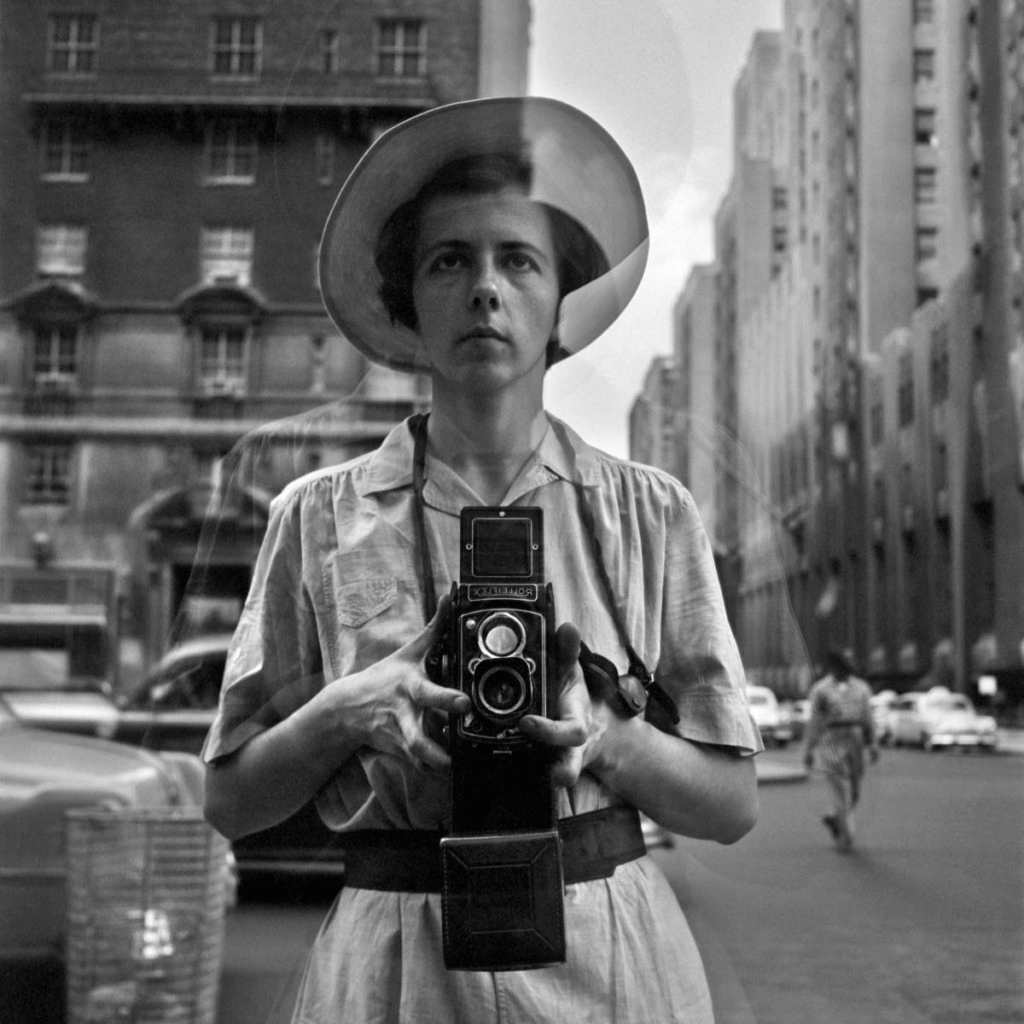Some Known Incorrect Statements About Framing Streets
Some Known Details About Framing Streets
Table of ContentsThings about Framing StreetsSome Known Factual Statements About Framing Streets Some Known Facts About Framing Streets.The Facts About Framing Streets RevealedThe Single Strategy To Use For Framing StreetsAll about Framing Streets
Digital photography category "Crufts Canine Program 1968" by Tony Ray-Jones Road digital photography (likewise occasionally called honest photography) is photography carried out for art or questions that includes unmediated opportunity encounters and random events within public areas, generally with the aim of recording photos at a definitive or touching moment by careful framework and timing. 
, who was motivated to undertake a similar paperwork of New York City. As the city created, Atget aided to advertise Parisian streets as a worthy subject for digital photography.

Facts About Framing Streets Revealed
Martin is the first videotaped professional photographer to do so in London with a disguised video camera. Mass-Observation was a social research organisation started in 1937 which intended to tape-record daily life in Britain and to record the responses of the 'man-in-the-street' to King Edward VIII's abdication in 1936 to marry divorce Wallis Simpson, and the sequence of George VI. The chief Mass-Observationists were anthropologist Tom Harrisson in Bolton and poet Charles Madge in London, and their initial report was produced as the publication "May the Twelfth: Mass-Observation Day-Surveys 1937 by over 2 hundred viewers" [] Home window cleaner at Kottbusser Tor, Berlin, by Elsa Thiemann c. 1946 The post-war French Humanist Institution professional photographers located their subjects on the street or in the bistro. Andre Kertesz.'s widely admired Images la Sauvette (1952) (the English-language edition was entitled The Crucial Moment) advertised the idea of taking an image at what he termed the "crucial minute"; "when resource form and web content, vision and composition merged into a transcendent whole" - copyright a7iv.
Little Known Questions About Framing Streets.
The recording maker was 'a concealed video camera', a 35 mm Contax concealed under his coat, that was 'strapped to the upper body and connected to a long cable strung down the right sleeve'. However, his work had little contemporary influence as as a result of Evans' level of sensitivities regarding the creativity of his project and the personal privacy of his subjects, it was not released until 1966, in the publication Many Are Called, with an introduction composed by James Agee in 1940.
Helen Levitt, after that an educator of young kids, connected with Evans in 193839. She recorded the temporal chalk drawings - Street photography that became part of kids's road society in New york city at the time, as well as the kids that made them. In July 1939, Mo, MA's brand-new photography area consisted of Levitt's operate in its inaugural exhibitionRobert Frank's 1958 book,, was substantial; raw and typically indistinct, Frank's images examined conventional digital photography of the moment, "challenged all the official guidelines set by Henri Cartier-Bresson and Walker Evans" and "flew in the face of the wholesome pictorialism and genuine photojournalism of American publications like LIFE and Time".